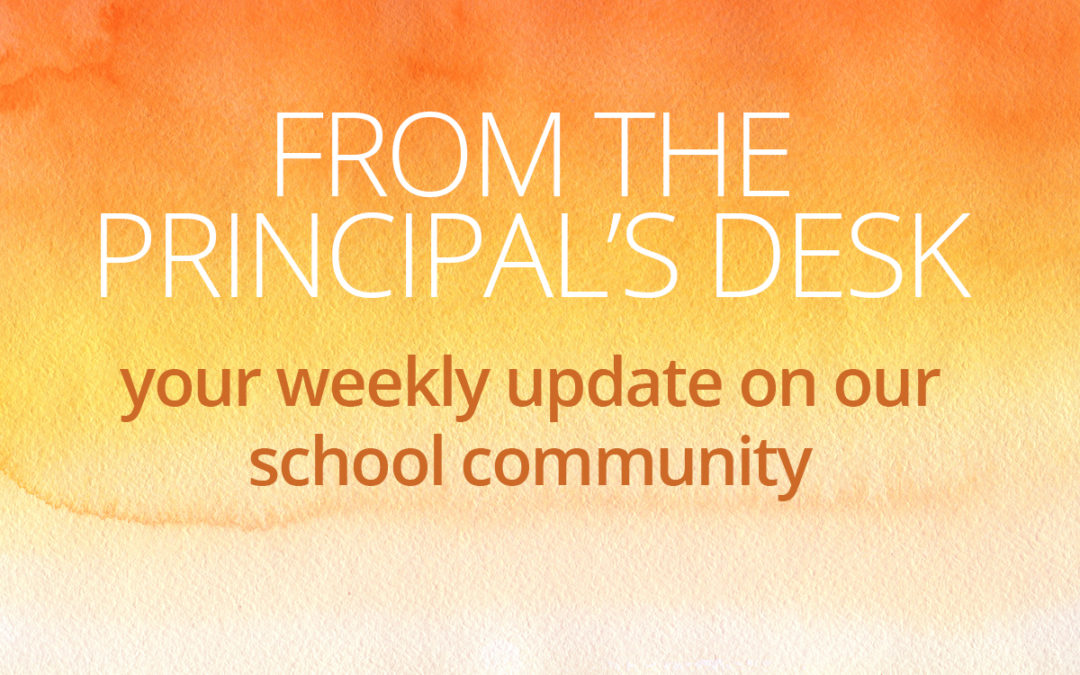Dear families,
It has been wonderful to welcome so many of your children back into class. Students have been so excited to see their peers, and I can personally attest to the increased satisfaction of teaching flute live rather than via Zoom. There are new habits to learn and we appreciate the understanding and cooperation that has made the return to school smooth for everyone involved. We are looking for new ways to commemorate the close of our school year and celebrate our class communities in lieu of our year end trips and picnics. Teachers will be reaching out in the next week with our plans.
This week, the calls for racial justice around the world are very much in our hearts and minds as educators. Teachers and institutions have great and long lasting power in the lives of others; this is a burden we have never carried lightly as Waldorf teachers. There is a growing awareness that we are living in a society rife with inequity and unseen bias, where people who hold privilege benefit at the expense of others. It is up to each of us to dig deep and examine how we can be a part of real and lasting change: on a personal level in our assumptions and habits, on an institutional level in our resources, policies and practices. This week above all else has reinforced the urgency of this call.
In the classroom, this means continuing to instill respect and compassion for others, and working together to resolve conflicts. We can teach children the importance of bystanders and how it is the responsibility of each of us to speak up when we see something that is not right. It means taking the time to really listen when someone brings something forward and creating a safe space to speak. It means teaching the uncomfortable parts of our history in ways that empower children to participate as citizens of a more just and compassionate future.
On the school level, it means looking at the stories we share, the communities we engage, and the people we hire, and imagining these things through another’s eyes. Can the whole community find their reflection at our school? It means realizing that there is still so much work to be done, so much to learn and the most important thing is to make a commitment and keep working at it. If I as a white person do not feel uncomfortable when engaging in this work, I am probably not doing anything that will affect real and lasting change.
The Association of Waldorf Schools of North America (AWSNA) has put together a list of resources to help guide these conversations with our children and each other. I share them here with the hope that our SWS community can be growing example of positive change:
How to talk to children about racism and violence: resources for teachers, parents and guardians
Anti-racism Resources for White People: a compilation of resources for white people and parents to deepen our work in anti-racism
Array Now: Started by Ava DuVernay, director of Now They See Us, this is a compilation of African American independent films – an array of stories and voices.
Teaching Tolerance: Teaching about race, racism, and police violence
75 Things White People Can Do for Racial Justice: Curated by Medium and updated regularly.
Kind regards,
– Gabriel

